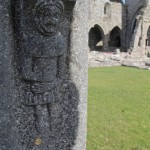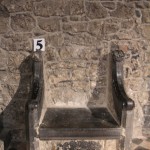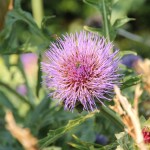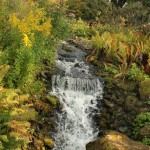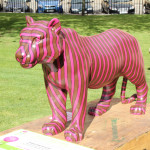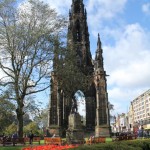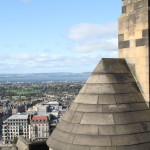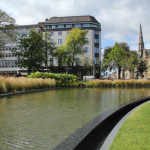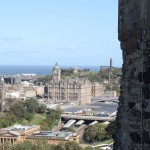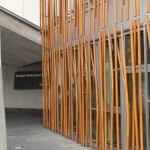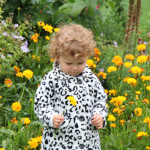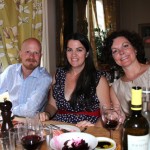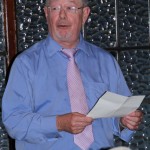We started our travel day with a stop at an Irish Cistercian abbey that is just a couple of kilometers from our hotel (Mount Juliet near Thomastown which is, by the way, very nice). Melrose Abbey in Melrose, Scotland which I wrote about earlier was also a Cistercian abbey. Those boys buildings turned into very nice ruins that easily enable you to envision the magnificent medieval structures that sat on those sites and I have enjoyed practicing photography at both. More abbey ruins pictures than anyone really desires to see but they are posted here anyway.
After that stop it was on to Wexford (yawn) where we expected to visit the Johnstown Castle which it turns out is closed to the public. I got confused after looking at a number of potential stops. So we took off for Waterford with expectations about what to do there. Another yawner. The city’s 13th century Reginald Tower is interesting and they give a very good historical presentation about the history of this Viking originated city. Beyond that we did not have much luck in finding things available to view. We planned to dine there but most of the restaurants we checked out were outrageously expensive with entrees alone running over $40 when converted to dollars. We finally did find what turned out to be a nice and more reasonably priced Italian restaurant called Emilianos on High Street where we had a very nice meal.
Planning for a more productive day tomorrow.


